Begbroke Innovation District
a living lab for sustainable development
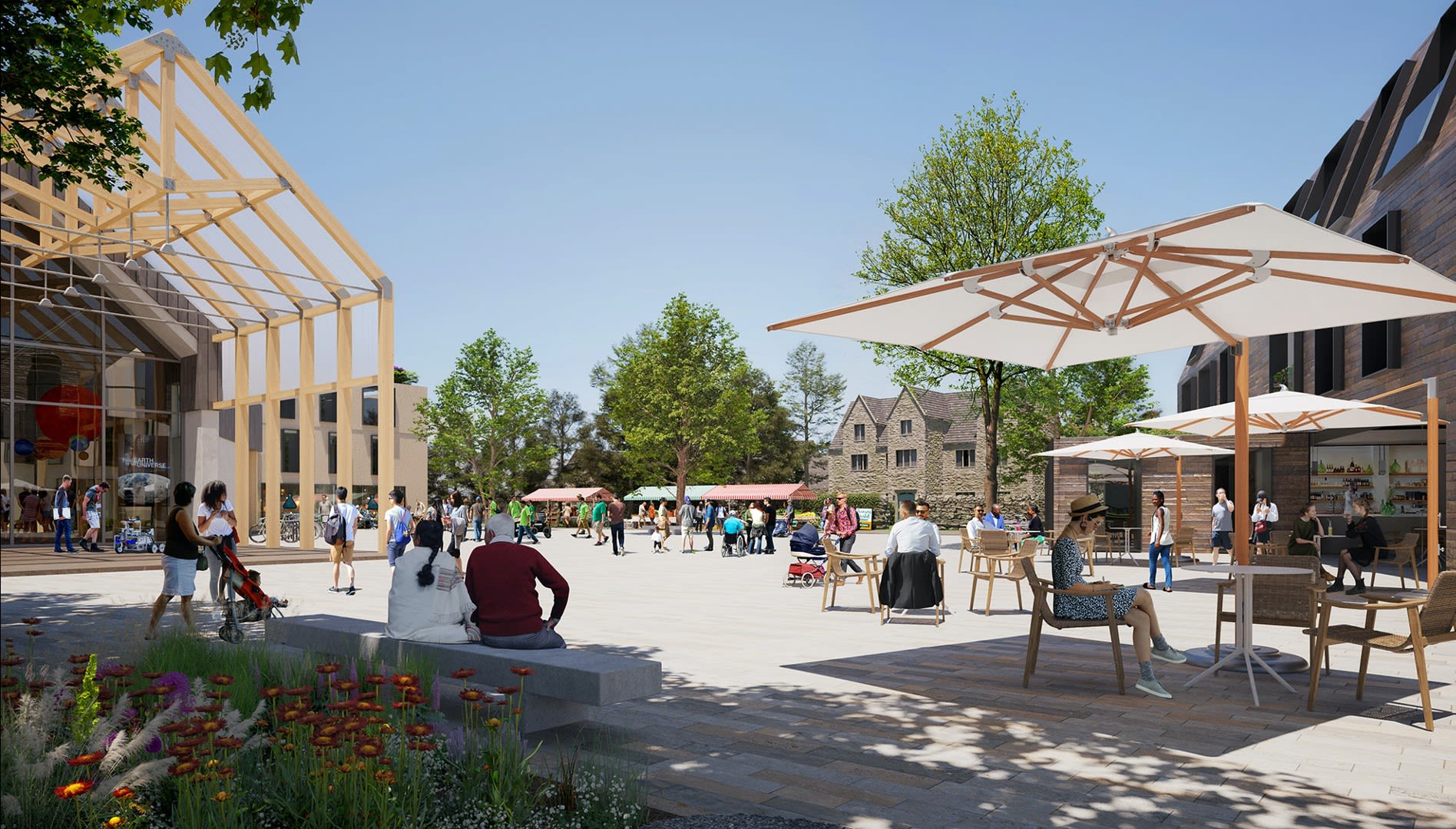
The development of the Begbroke Innovation District is envisioned as a ‘Living Lab’, providing the opportunity to model sustainable practices from energy use to community engagement, and biodiversity to building design.
The Begbroke Innovation District (BID), planned around the current Begbroke Science Park, owned by the University of Oxford, will bring new research and community facilities to the north of Oxford.
The district will accommodate not just scientists and entrepreneurs but a whole new community, complete with homes, schools and parks. It is designed to foster innovation and enterprise and provide a model of sustainable living.
The development and ongoing operation of the site is envisioned as a ‘Living Lab’, providing the opportunity to model sustainable practices from energy use to community engagement, and biodiversity to building design.
The BID Master Plan is currently being considered by planners and building has not yet started, but the site is already informing, and being informed by, research and practice.
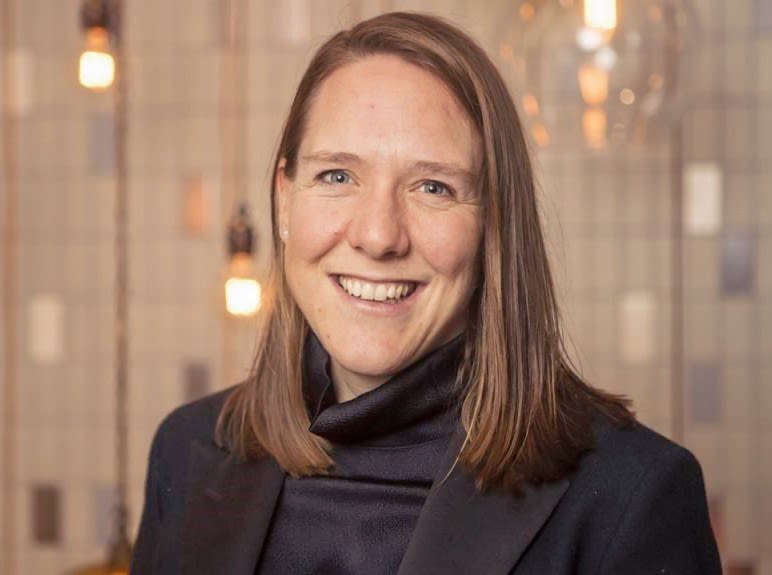
Anna Strongman
Anna Strongman
‘Begbroke is the only university-owned science park in Oxford and provides an excellent opportunity to collaborate with researchers and deliver exemplary new living and working environments.’
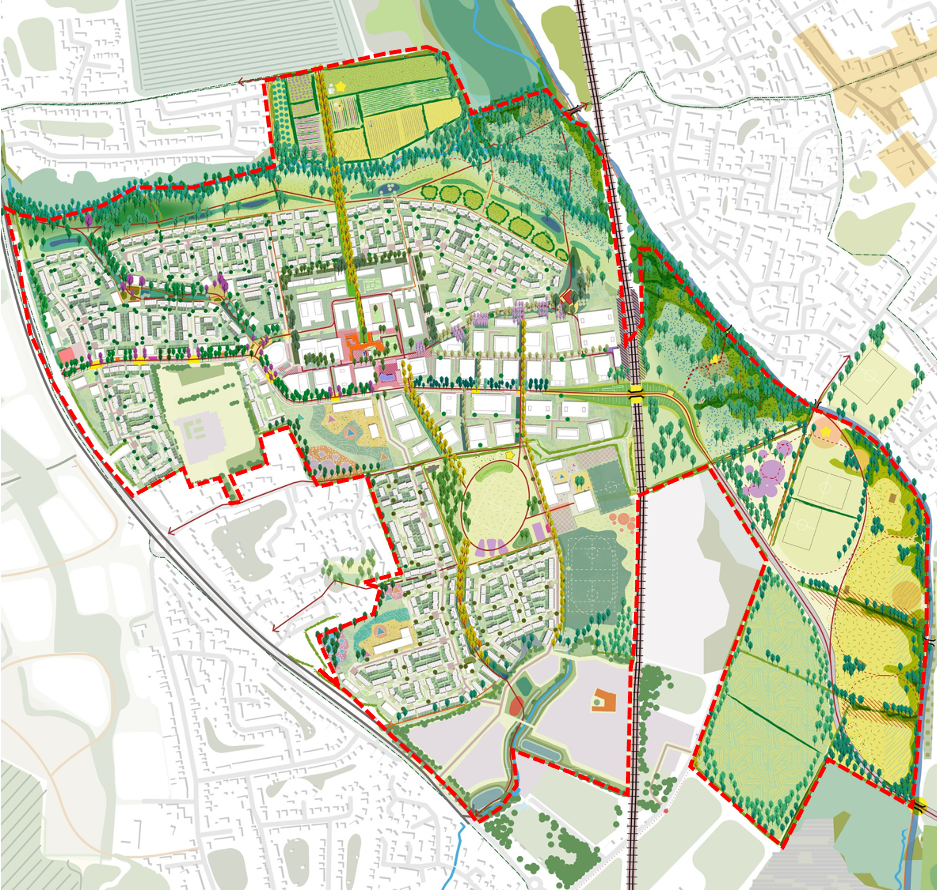
Biodiversity
One ambitious target for the site is to enhance biodiversity by 20%, despite the change in land-use from agriculture to mixed urban activities. Half the site will become public open space and large areas will be converted to nature reserve, a local food production zone, parks and recreational areas – boosting plant species and wildlife.
Professor Dame EJ Milner-Gulland, Director of the Interdisciplinary Centre for Conservation Science, and colleagues have assessed biodiversity baselines and net gain plans at the existing Begbroke site.
Belinda Dow, who worked at BID when she was a student in the Department of Biology, drew on the BID plans for her Masters’ dissertation, exploring the benefits of potential biodiversity enhancements for the well-being of site users.
Funding is now being sought for an ambitious longitudinal study to monitor biodiversity net gain at BID over a thirty-year period, and to establish a multi-disciplinary platform for research into sustainable development at Oxford.
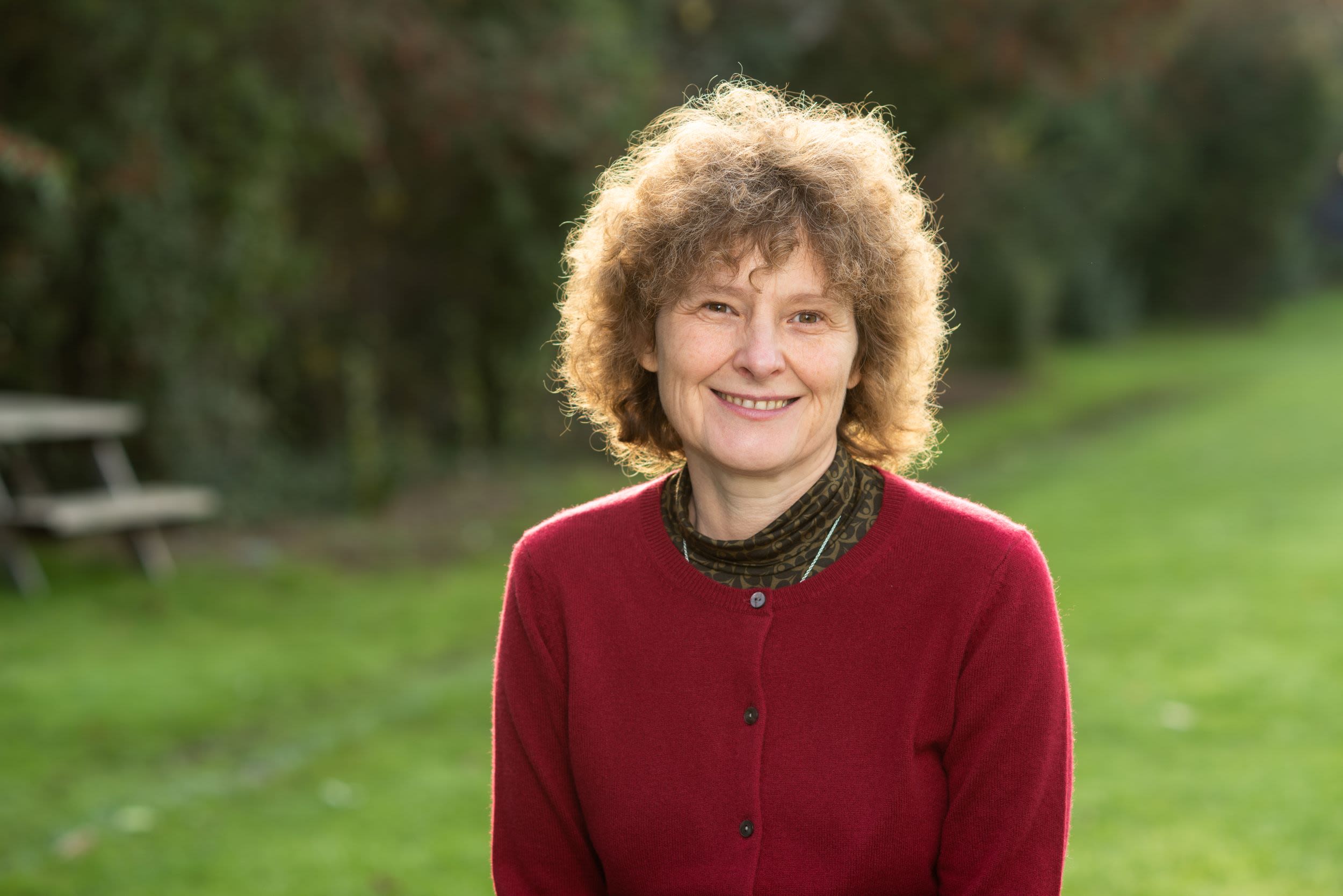
Professor Dame EJ Milner-Gulland
Professor Dame EJ Milner-Gulland
‘Only a handful of examples exist in which fulfilment of concrete biodiversity commitments has been monitored and robustly evaluated over a meaningful period; but this is essential if the world is to make real, evidenced progress towards a nature positive future. The BID Living Lab would be an ideal place to do this work.’
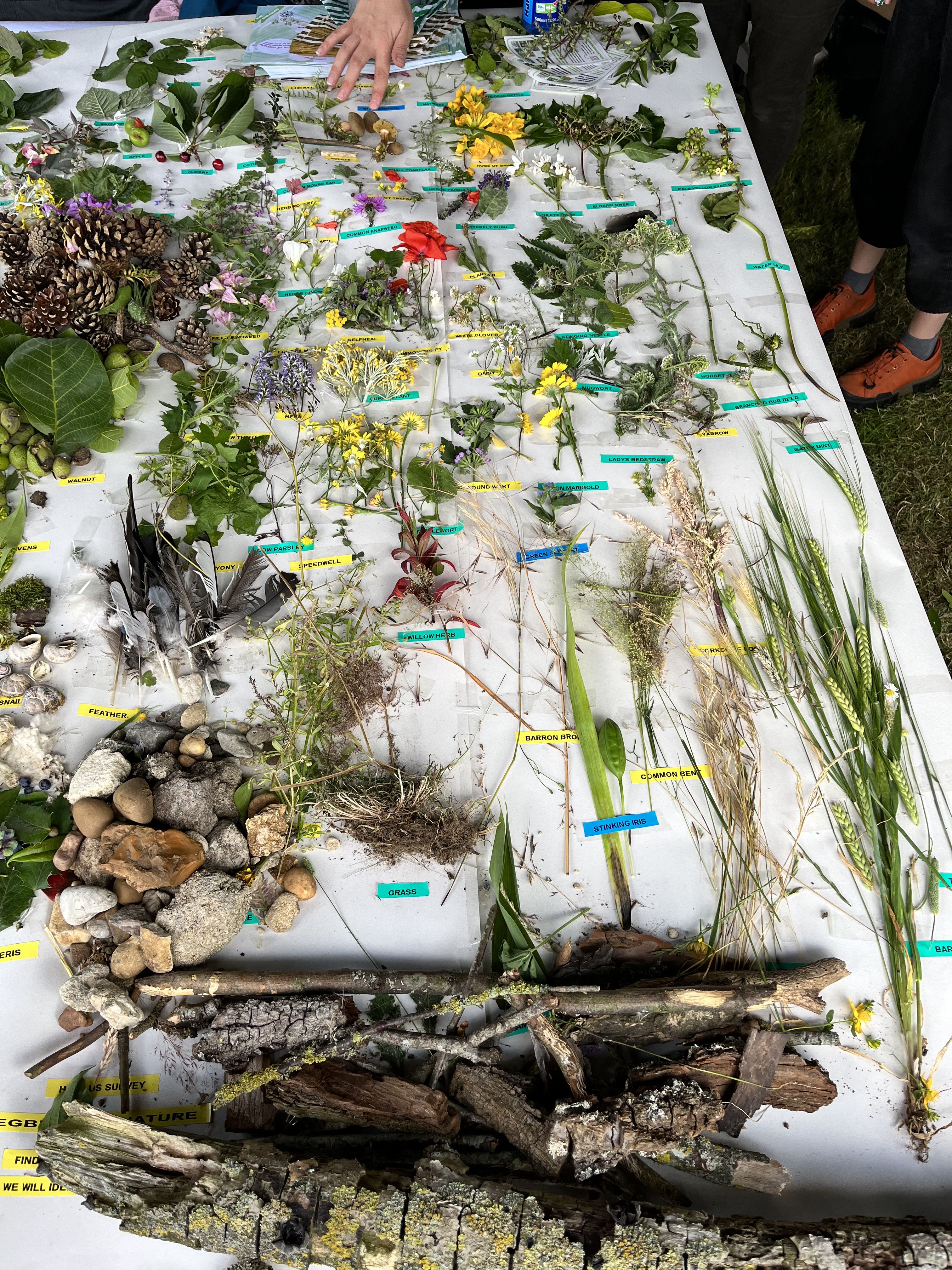
Championing carbon reduction
Professor Barbara Rossi’s research group, based at the current Begbroke site, is dedicated to enhancing the sustainability and resilience of the construction sector through a more efficient use of materials. Her group investigates a spectrum of construction materials to identify those which produce lower carbon impacts over their lifecycle, including use of finite resources, energy consumption during manufacture, transportation and site activities, and end-of-life disposal.
Barbara Rossi, Associate Professor in Engineering Science, leads the Sustainable Metal Structures Laboratory at Begbroke. She used her expertise in lifecycle assessment and embodied carbon mitigation to advise Begbroke scheme engineers on reducing embedded carbon in different railway bridge design options for the site.
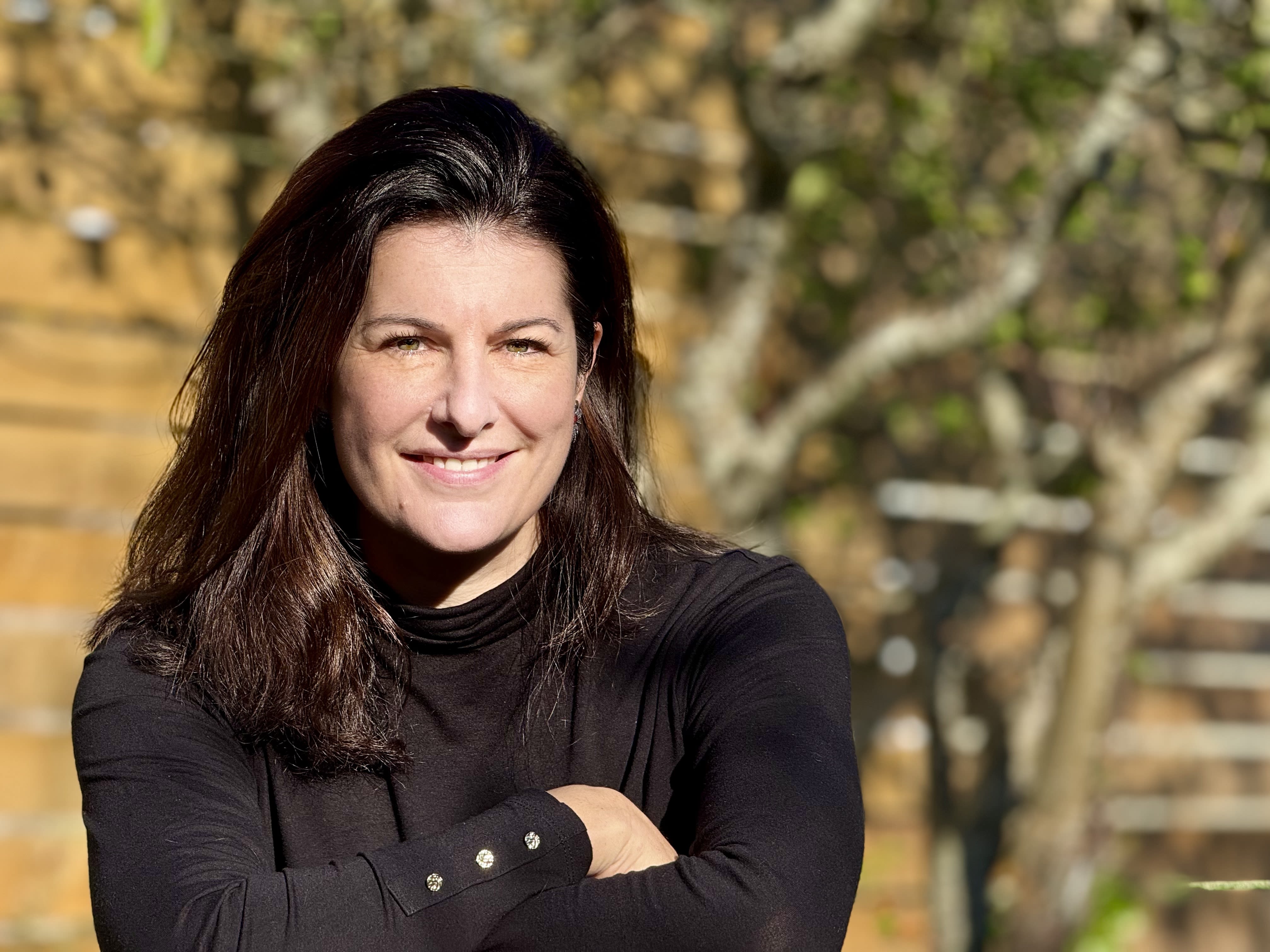
Professor Barbara Rossi
Professor Barbara Rossi
In future research, Rossi and her team plan to use the site as a test bed for innovative research on the impact of construction materials on the environment and the potential for more sustainable construction materials.
‘Despite current claims by the sector, getting to ‘True Zero Carbon’ in the built environment will be incredibly challenging. Given that carbon emissions from operational energy use represent a declining proportion of whole-life carbon emissions, it is crucial to limit upfront ‘embodied’ carbon at the build stage, as we are attempting to do at BID. We will be testing innovative ideas and products and monitoring their long-term environmental impacts over the next decades.’
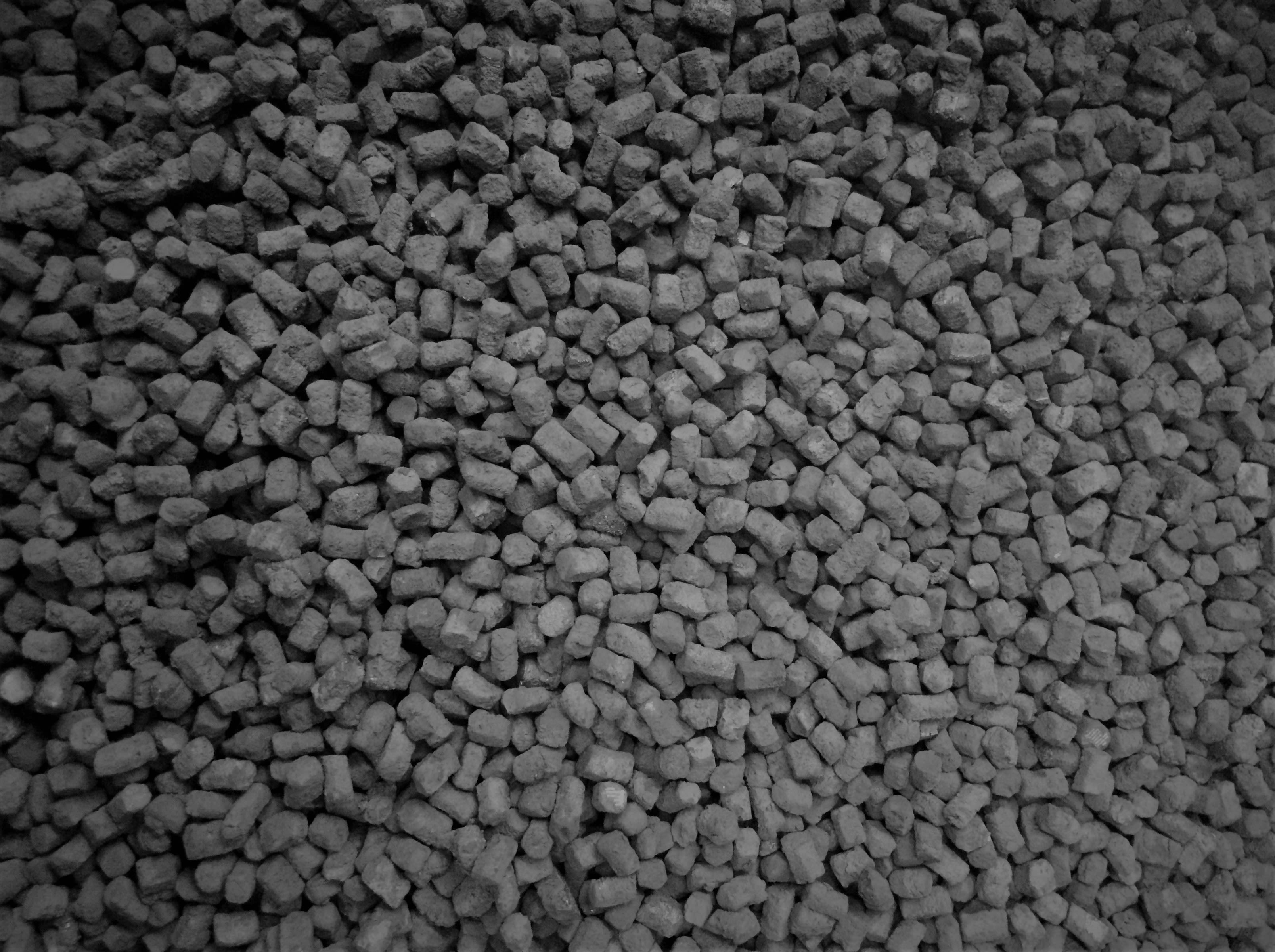
Sustainable energy
The BID site is also being used by the University for teaching and learning, which in turn is influencing site development.
David Wallom, Professor of Informatics and course director of Oxford’s MSc in Energy Systems, explains: ‘The Master Plan has provided an excellent teaching opportunity for the 2022-23 student cohort, who worked with engineering partner Buro Happold and Oxford University Development (the entity developing the site), on an evaluation of the Plan’s energy strategy. The evaluation looked at issues such as balancing demand on a mixed-use site, electric vehicle charging, and the complex networks needed to heat and cool homes and infrastructure.
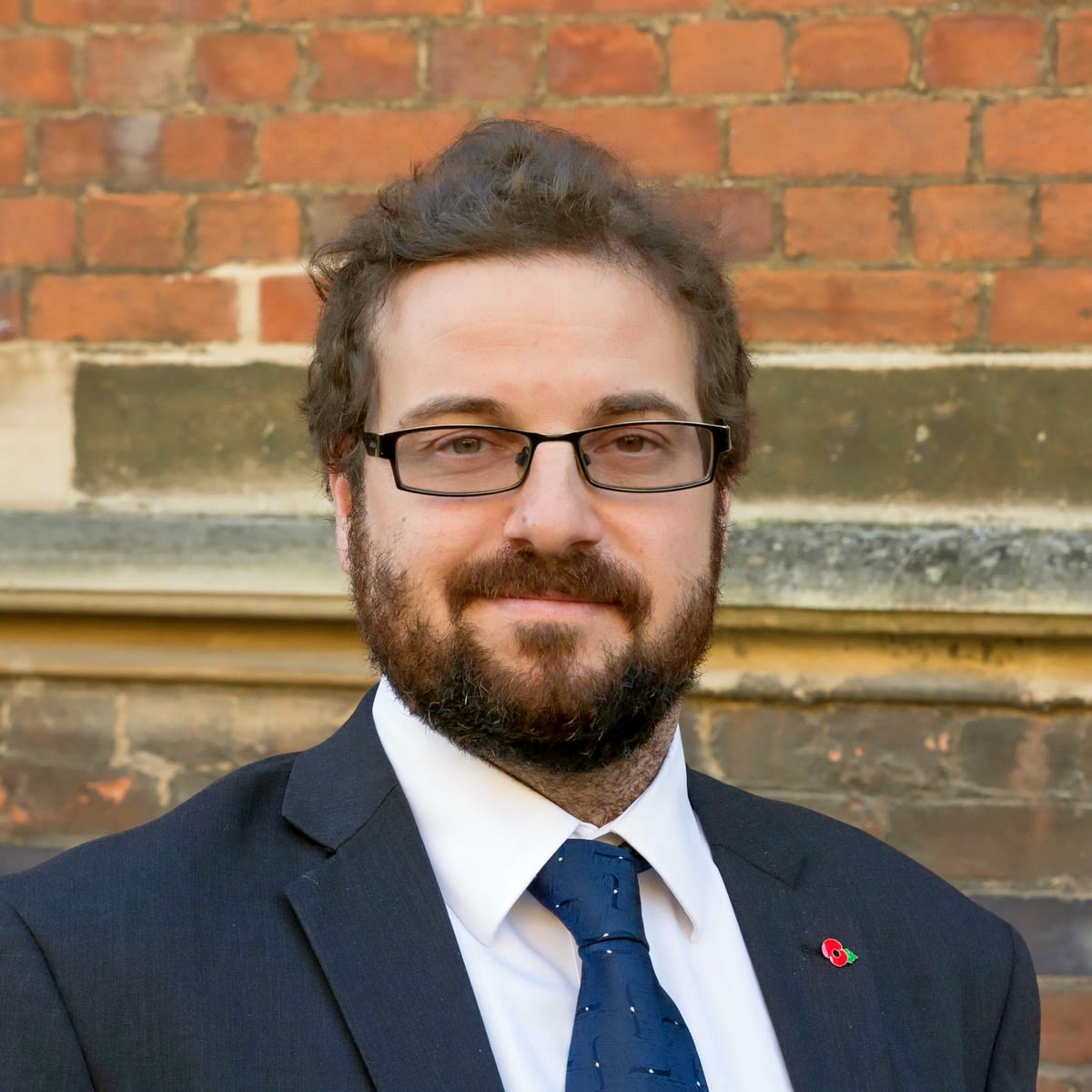
Professor David Wallom
Professor David Wallom
‘BID’s vision is for its energy systems to go beyond current government standards and achieve ‘Net Zero’ energy emissions by 2035, in line with the University’s own environmental sustainability targets. The site offers the chance to collect data going forward – to assess whether planned interventions and approaches achieve intended goals. The students presented their findings in a whole-day workshop and early feedback from OUD indicates that it is helping them to evolve their strategy.’
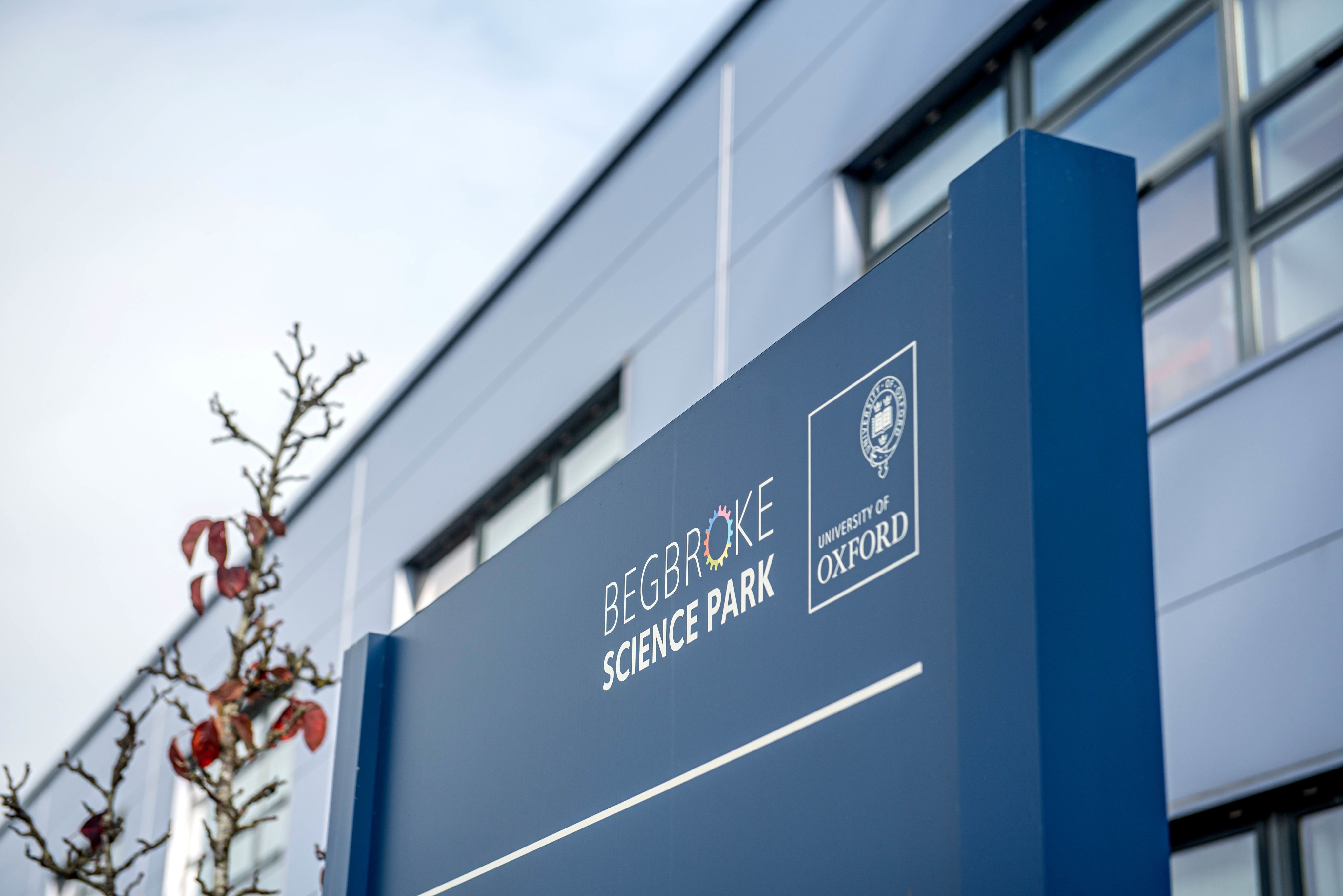
Community engagement
BID’s vision includes local people participating in its design, development and operation.
The community has been invited to comment on the Master Plan, and the BID team has worked with local organisations, including Cherwell Collective and Kidlington Air Cadets, on the co-design of outreach activities. This led to the 2023 ‘Science Wonder’ programme which included Family Science days at Exeter Hall in Kidlington, and a garden party on the BID site which welcomed 1,500 guests to talk to researchers, tour existing lab spaces, and take part in a range of hands-on activities, demos and experiments.
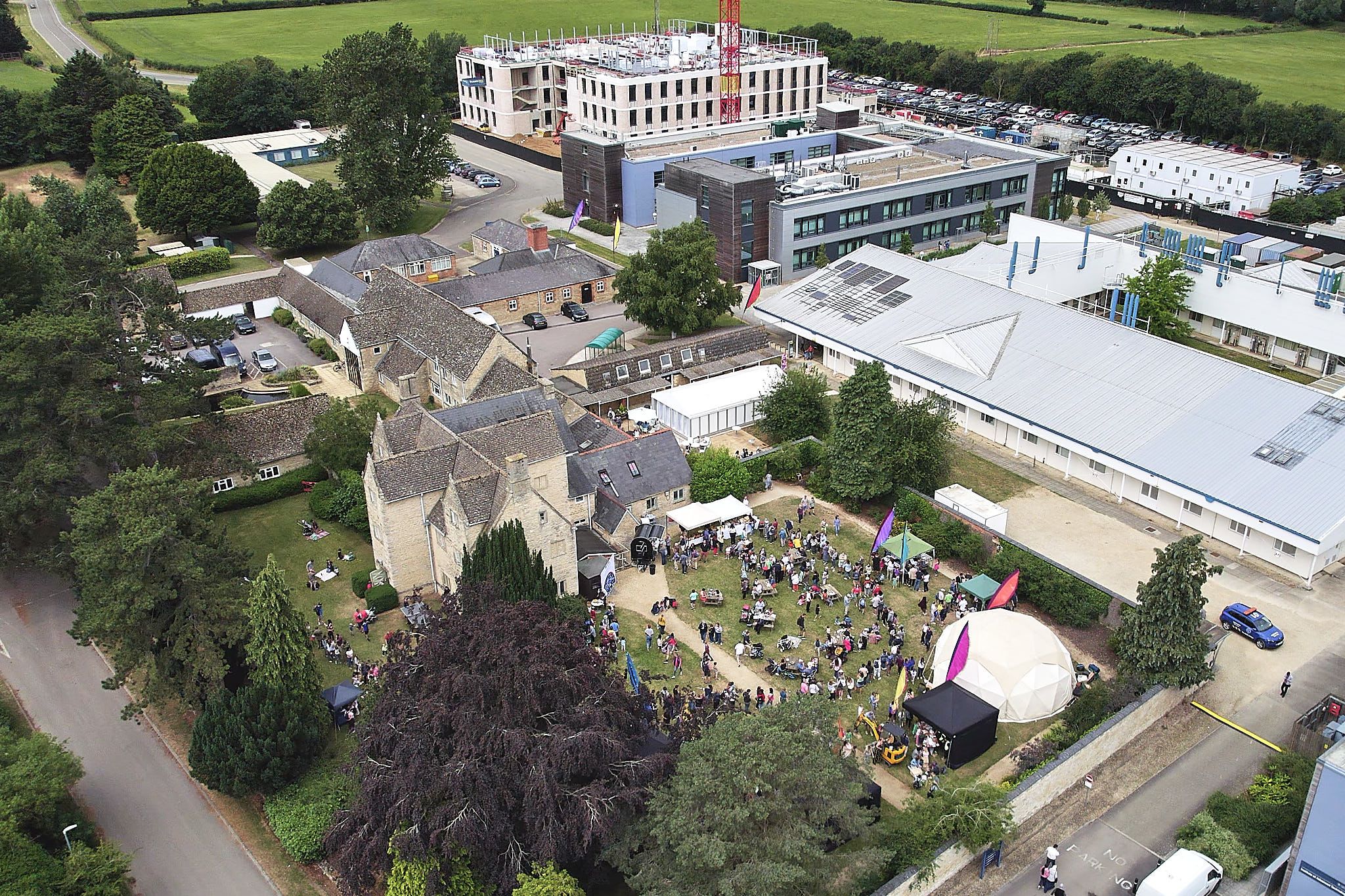
Science Wonder event Image credit: Paul Cochrane
Science Wonder event Image credit: Paul Cochrane
Eleanor Mathieson, a creative strategist working on science engagement around Begbroke, comments: ‘Many people who live close to the current Science Park – including in Begbroke, Yarnton, and Kidlington – have said that they don’t know what goes on there and find it hard to see what relevance scientific research has to their daily lives. We wanted to work with companies and researchers based at Begbroke and the wider University to open up some of their fantastic innovations and research which relate to problems the community would like to solve.’
Science Wonder events have involved groups such as Cherwell Collective and Waste Innovation Station, which develops tools and activities to guide the community towards a lower carbon footprint; and Begbroke based spinouts such as OxCCU which is using CO₂ to create sustainable fuel, chemicals and plastics. Mathieson adds: ‘It’s exciting to see how these innovative approaches can help build a better future and, crucially, we want people to feel that the Innovation District is a space where they are welcome, so great ideas can be shared.’
‘We have been to museums before, but the kids wanted to leave after a short time. Here they want to stay and try everything.’
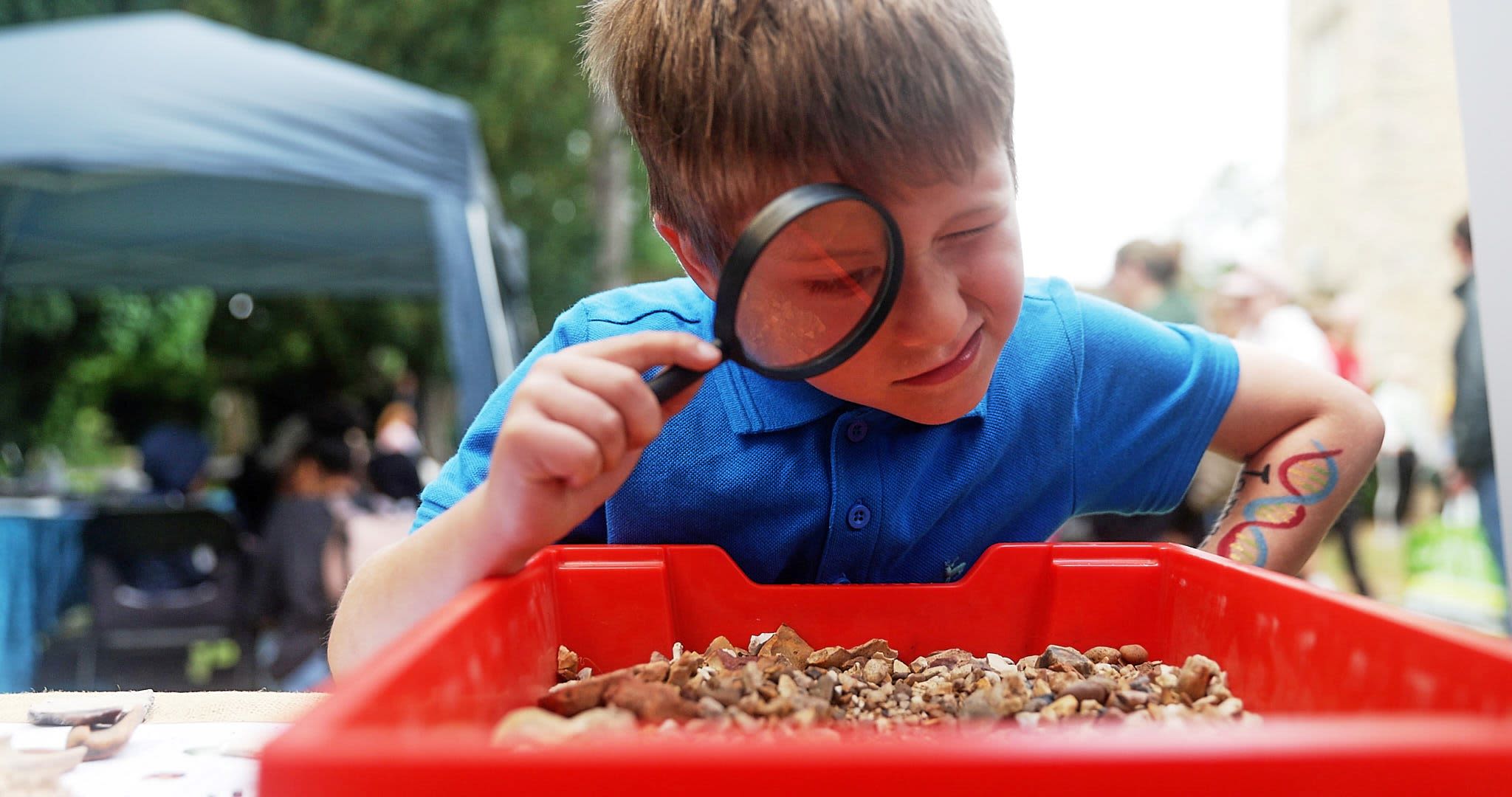
Arts activity at BID
The Living Lab vision also underpins the aims of BID’s arts strategy, an interdisciplinary programme that celebrates and facilitates collaboration, knowledge exchange, research and scientific endeavour.
Artistic practitioners will explore and experiment with materials and processes that could positively impact people and the planet, through a series of site-specific projects. The materially led programme includes opportunities for University of Oxford researchers to collaborate with the practitioners, with a focus on plant cultivation, regenerative materials, stone, earth and material sciences.
‘People often think of arts and science as very separate, but art has huge potential to communicate science to lay audiences and indeed to help researchers explore and express important themes.’
Image credit: Company, Place
Image credit: Company, Place
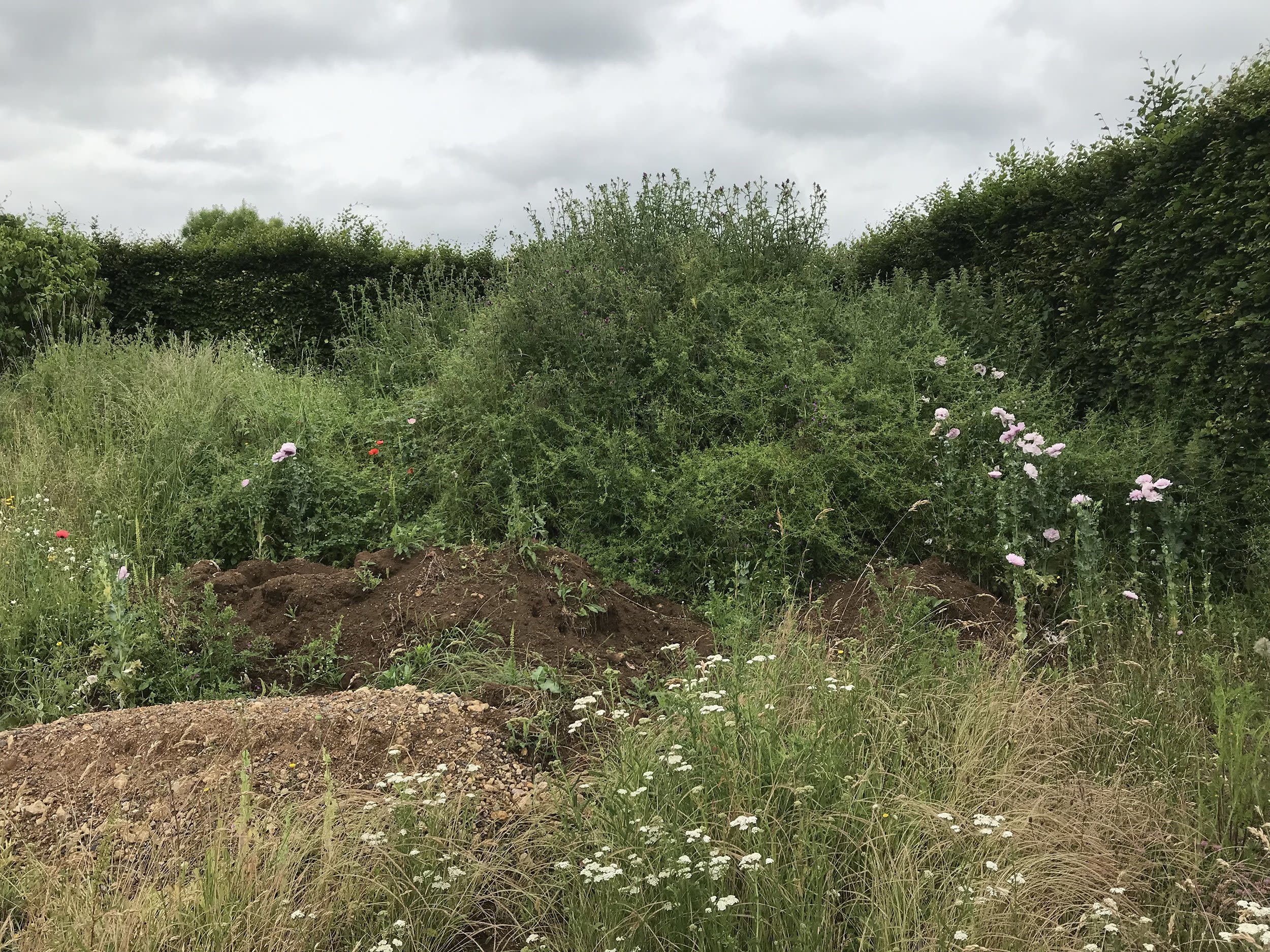
Begbroke: a living lab
Paula Brown, BID Project Lead within the University’s Estates Services, commented: ‘BID has already provided the opportunity for students and researchers to undertake practical research in energy use and biodiversity; and the local community have shown that they want to know more and to get involved. But the potential of the 170-hectare site goes well beyond this.'
'It's extraordinary to have the opportunity to develop what is essentially a new urban village around the existing Science Park, which will foster transformational science and cutting-edge commercial innovation, whilst being grounded in nature.’
'BID and its community will be anchored for the long-term by a world-leading university, which aims to prioritise social, economic and environmental well-being through every aspect of the development. This creates the unique conditions for BID to be a catalyst for solving real world challenges, and to do this in a way that involves participatory research methods, local and global engagement, and rigorous scientific evidence.'
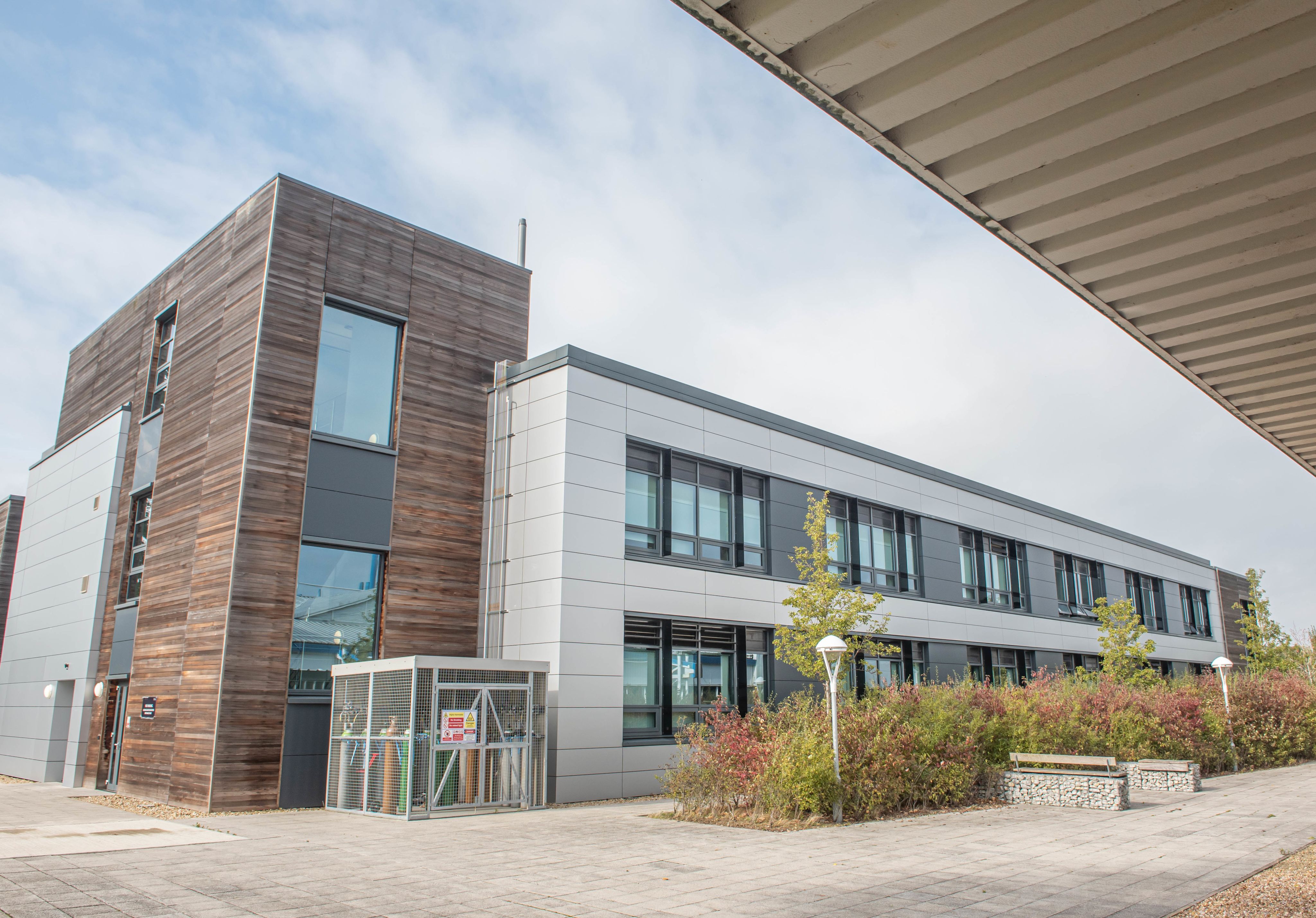
Look out for a programme of upcoming events on the Begbroke Science Park website.
Inspired by our innovators?
Get in touch with collaboration@admin.ox.ac.uk or visit https://www.ox.ac.uk/research/engage-with-us to see how we could help you make a difference.


